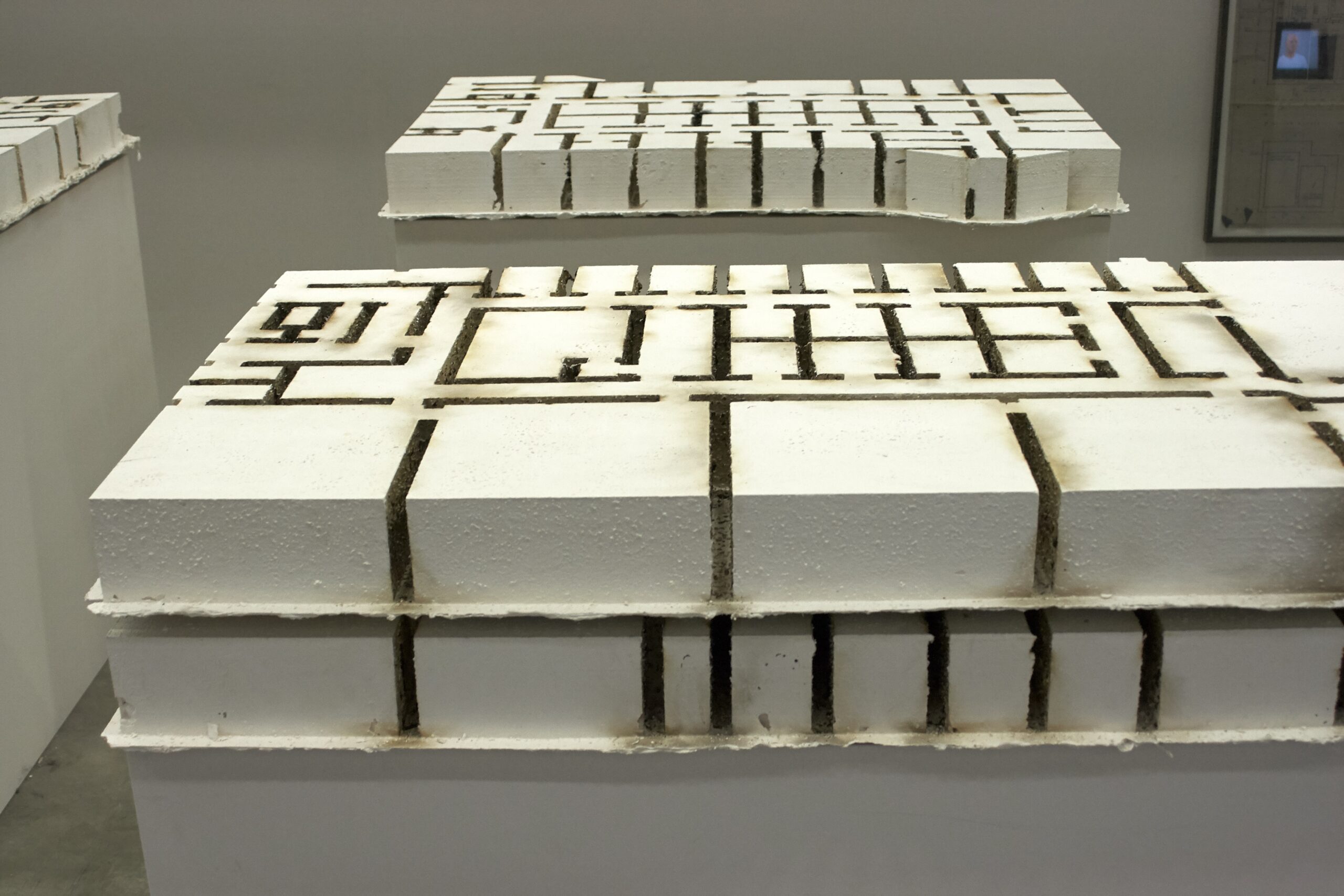Openingstijden:
vr t/m zo 12.00-17.00. Ook op afspraak. Toegang gratis.
-
Energieplein 69
2031 TC Haarlem
-
info@nieuwevide.nl
-
Route
-
Volg ons:
-
schrijf je in voor onze nieuwsbrief





